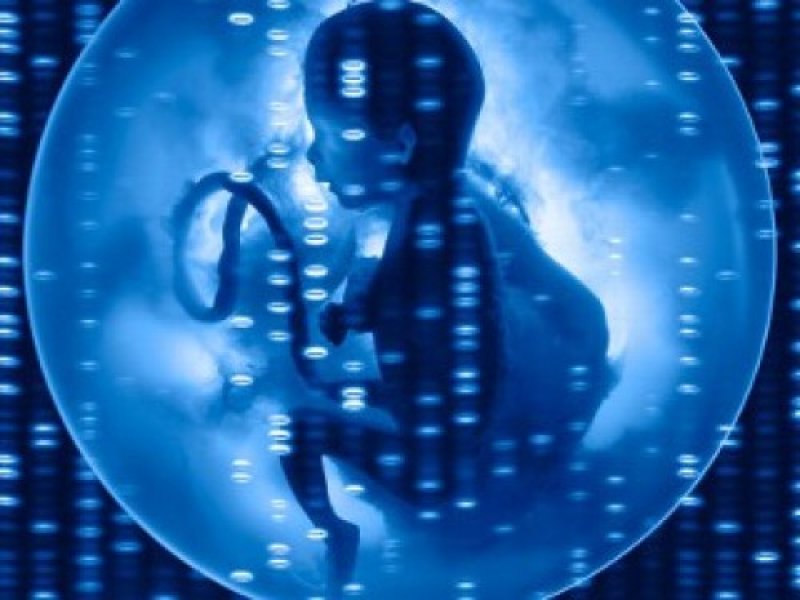In 2012, scientists showed that CRISPR, an ancient bacterial immune system, can edit DNA.
…
Barely three years after, leaders in the field convened a private meeting in California’s Napa Valley to discuss their concerns about the possible use of CRISPR in IVF embryos, concluding that it should not be done, at least not yet.
…
Watching all this have been people with a special interest in embryo editing: those who carry genetic mutations that can cause severe disease. They wonder whether experts who denounce embryo editing have any understanding of what millions of people with such inherited diseases — especially ones that have plagued their families for generations — suffer.
…
The “altering the human gene pool” concern also puzzles families — as well as some experts. CRISPR doesn’t introduce, say, fish genes into tomatoes, as old-line recombinant DNA does. It changes a disease-causing version of a gene into a healthy, far more common form. “It’s hard to see how giving someone the form of a gene that 6 billion other people have is changing the human gene pool,” [bioethicist Jeantine] Lunshof said.
Read full, original post: As calls mount to ban embryo editing with CRISPR, families hit by inherited diseases say, not so fast































